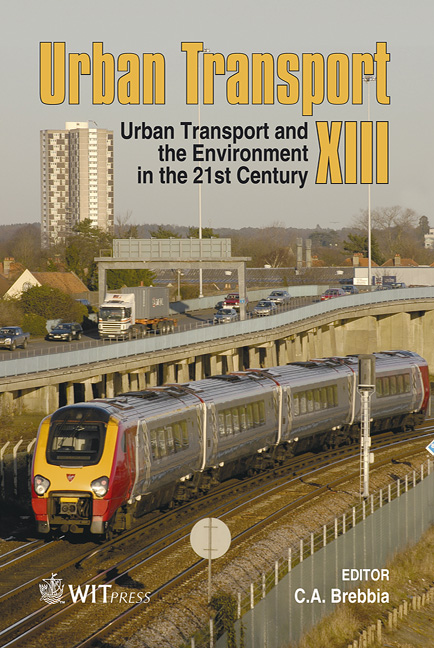Alternatives To Reduce Congestion And Improve The Road System Using A Multicriteria Decision Analysis: A Case Study In The City Of Campinas, Brazil
Price
Free (open access)
Transaction
Volume
96
Pages
11
Published
2007
Size
722 kb
Paper DOI
10.2495/UT070071
Copyright
WIT Press
Author(s)
R. D. Fioravanti, M. A. Amâncio & M. L. Galves
Abstract
The objective of this work is to propose and evaluate different alternatives to reduce the congestion and improve the road system in a critical portion of a major avenue in the city of Campinas, State of São Paulo, Brazil. The alternatives are outlined and selected using Multicriteria Decision Analysis (MCDA), which encompasses three different phases: structuring, evaluation, and recommendation. The underlying goal of this paper is to show how a multicriteria methodology can be applied as a Decision Support Tool for complex problems, such as urban congestion, where many alternatives are available, leading the actors to understand the impacts of their decision and ultimately improving their overall decision-making process. Keywords: multicriteria analysis, decision making in transportation, decision making urban transport. 1 Introduction The development on big cities has always been strongly linked to the transportation systems, with the automobile being a key component to the growing and development of urban centers; however, the automobile has contributed further to the overload and decadence of many central areas (Kneib, [15]). As cities grow spreading the urban areas toward the outskirts, the population demands more motorized vehicles, mainly individual vehicles due to their advantages in terms of mobility and comfort (Amancio, [1]). The expansion of cities also increases the frequency of trips and their average length (Rosa, [19]).
Keywords
multicriteria analysis, decision making in transportation, decision making urban transport.





